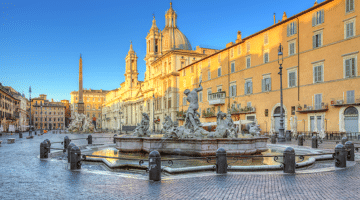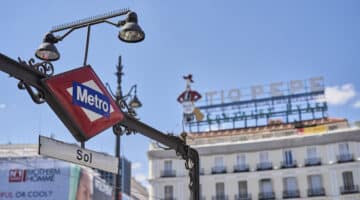Understanding Fiestas on Your Educational Tour to Spain
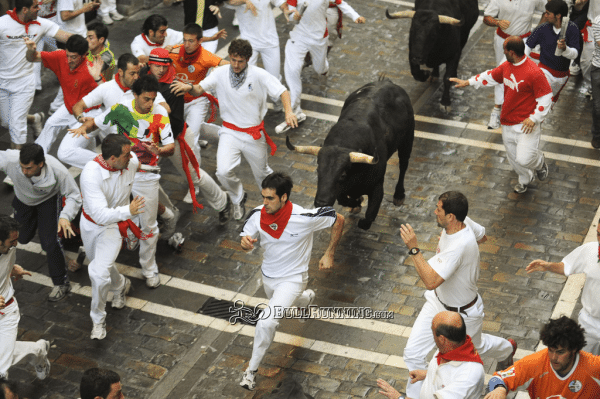
As I write this I’m sitting in Malaga airport bathing in the February Andalusian sunshine. I’ve just waved off a wonderful group of young travellers from Louis Armstrong Middle School in New York. Over the last seven days on our educational tour to Spain we’ve travelled from Madrid to Seville finishing up in the Costa del Sol. When I take student groups through Spain it’s impossible not to talk about the warmth of the Spanish people, their love of family, food and siestas but perhaps most importantly, their reverential attitude and infectious enthusiasm for fiestas.
Understanding Fiestas on Your Educational Tour to Spain
My first encounter with the tradition of Spanish fiestas was during a gap year that I spent in Granada in the south of Spain where I lived and studied the language. From the time of carnival until the end of summer I was amazed at how almost every month all aspects of daily life stood still for a minimum of three days whilst the entire community participated in one or another type of eagerly awaited festival. The Spanish, I observed, possessed an unquestionable talent for mounting elaborate festivities out of just about anything.
La Tomatina
Take for example, perhaps the oddest of them all, La Tomatina which takes place on the last Wednesday of August each year in the small town of Buñol near Valencia. After a week’s ‘warm up’ of processions, music, dancing, fireworks and a paella contest, the festival climaxes in a food-fight of immense proportions. At 11am precisely, nimble folk are invited to attempt to climb to the top of a greased pole where a leg of ham awaits. As soon as someone successfully reaches the ham, a rocket is launched marking the start of the main event; tomato-laden trucks release some 100 tonnes of ripe redness into the main square and for the next hour the food-fight is on.
 La Tomatina fiesta in Buñol, Spain. Photo by Jose A. Ferrer
La Tomatina fiesta in Buñol, Spain. Photo by Jose A. Ferrer
The origins of such a celebration some seventy years ago lie shrouded in mystery – some say it was an anti-Franco protest, others that it was an act of assault at the unpopular city councilmen or, as perhaps was the case, some friends enjoyed a food-fight and decided to repeat it at the same time and the same place a year later. Whatever the reason, the festival has grown so big in size and stature that during the week of festivities the town’s population swells almost five times and la Tomatina is now held in honour of the town’s patron saint.
Las Fallas of Valencia
This wouldn’t be the only Spanish fiesta to be given a sprinkling of religious flavour after its start. Las Fallas of Valencia were originally a Pagan celebration marking the start of spring and with it, the hope of a good harvest. Until this point in the year the street lamps had been hung on wooden poles that, with the arrival of spring became redundant and were ceremoniously set alight. Today, the street lamps have been replaced with gigantesque papier-mâché models known asfallas, crafted over months by local artists and which, on the stroke of midnight on the feast day of Saint Joseph, are set ablaze in a ceremony known as la Cremà.Like all good fiestas, a good dose of traditional dress, music, dance, food and processions takes place during the days running up to the Cremà and day and night the streets are filled with party atmosphere and people walking through the town to admire each falla. Like most fiestas, an element of healthy competition is involved and the falla voted the most worthy is spared the flames and instead makes its way to Valencia’s Falla museum.
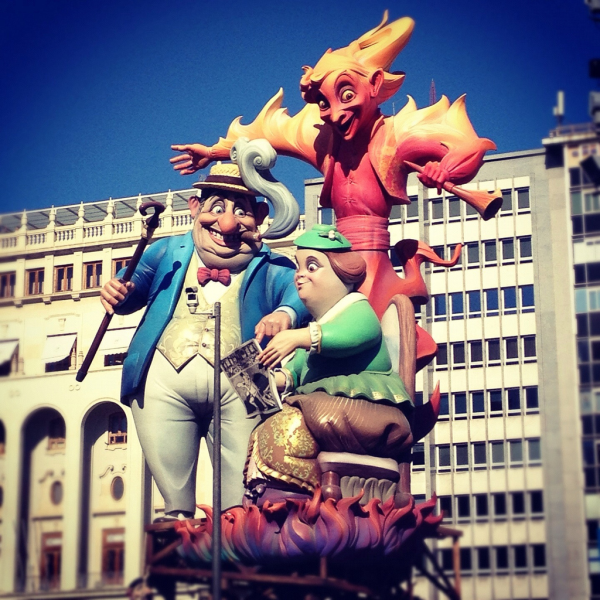 One of the many fallas of Valencia on show before la Cremà. Photo by Katy Sarrion
One of the many fallas of Valencia on show before la Cremà. Photo by Katy Sarrion
 A different falla that has fallen to the flames of la Cremà. Photo by Rafa Segui
A different falla that has fallen to the flames of la Cremà. Photo by Rafa Segui
Religious Festivals
As a Catholic country, at least in name, religious festivals are the most common excuse for a party. Every region, city and village has its very own patron saint and his or her respective feast day marks the most elaborate of local celebrations. I’m guessing you might have heard of the annual ‘Running of the Bulls’ that takes place every July in the Basque town of Pamplona, right? To locals, the weeklong celebrations are known as Las San Fermínes after the town’s patron saint. As in many a Spanish fiesta, the traditional way to celebrate such an occasion is with the pomp and ceremony of a bullfight. For Pamplona this means that since the 13th century an unfortunate few bulls have been herded from one end of town to the bullring to the shouts and stick-prodding of the townsfolk each day for a week. It’s thought that a suicidal individual first ran in front of the herd sometime in the 1800s and the tradition has stuck ever since. This excuse for a 24/7 street party of extreme proportions probably only became known to the likes of you or me through Hemingway’s first-hand account of the events in his novel, ‘The Sun Also Rises’ and today it’s one of the most internationally televised Spanish fiestas.
 Some suicidal individuals decide to get in the way of charging bulls. Photo by Bull Running
Some suicidal individuals decide to get in the way of charging bulls. Photo by Bull Running
 The San Fermín celebrations continue through the night. Photo by Instituto Hemingway Language School
The San Fermín celebrations continue through the night. Photo by Instituto Hemingway Language School
Semana Santa
One of the few fiestas of purely religious origin is perhaps the most elaborate of them all. Semana Santa (Holy Week) is a theatrical spectacle of a celebration like no other. Throughout Spain, daily pasos (processions) take place between Palm Sunday and Easter Sunday and whether you are religious or not, to witness these processions is an unforgettable experience.
Semana Santa at its best is unarguably found in the south of Spain and specifically in Seville. With more processions on a bigger scale than anywhere else in the country the atmosphere is electric, the air is permanently scented with frankincense and myrrh and with over a million visitors from far and wide-crowds throng every street and square day and night.
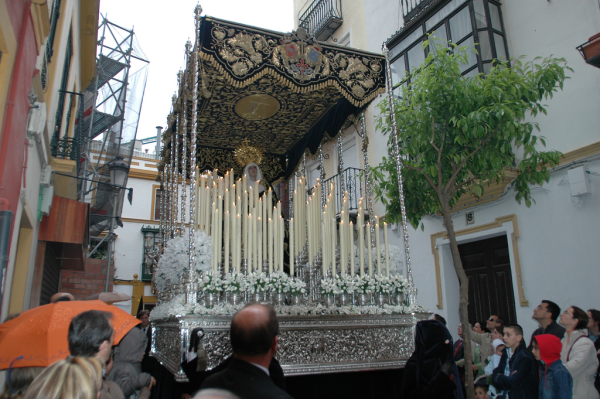 La Macarena, the most famous float of Seville’s Semana Santa is processed through the streets. Photo by James Hinckley
La Macarena, the most famous float of Seville’s Semana Santa is processed through the streets. Photo by James Hinckley

With processions lasting up to 14 hours, they often continue into the night. Photo by Holly Hayes
The focal point of each procession is its trono (float); statues of Christ or the Virgin Mary that rest atop lavishly decorated platforms that can weigh over 4000 pounds and are carried by about forty men called costaleros, hidden inside the float. It’s considered a huge honour to carry this burden in a procession that could last anything between 6 – 14 hours in the unrelenting Spanish sun.
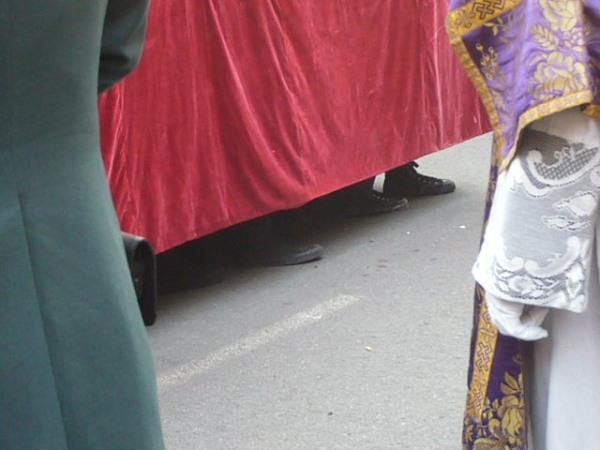 Costaleros’ feet seen under a float during Semana Santa. Photo by Alice Piggott
Costaleros’ feet seen under a float during Semana Santa. Photo by Alice Piggott
Accompanying the floats are members of the church’s brotherhood who wear a penitential outfit, known as a nazareno – a long belted robe worn with a tall conical, hooded hat that masks the face. To the uninformed, the sight of dozens of nazareno-clad folk might be a rather shocking sight but make no mistake thenazareno has no negative connotations attached. Dating from medieval times, members of the brotherhood processed as an act of repentance and were granted anonymity, hence the masked hat. Today, just like the costaleros, rather than an act of repentance, participation in a paso is seen as a great honour.
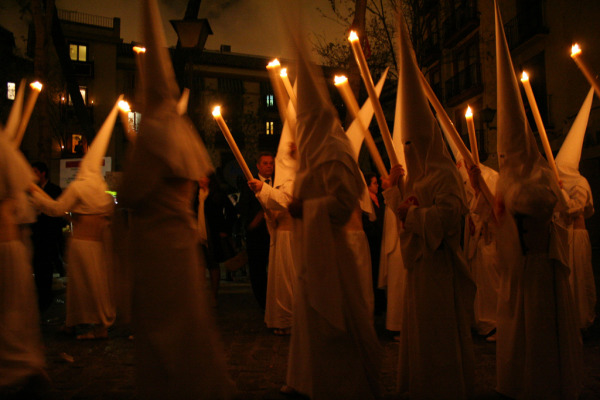 Members of a church’s brotherhood accompany a procession wearing the traditional nazareno outfit. Photo by Néstor
Members of a church’s brotherhood accompany a procession wearing the traditional nazareno outfit. Photo by Néstor
There is a small and curious exception to this rule; every year a small number of prisoners are chosen to each lead the procession of a different brotherhood and in doing so, are granted an official pardon from their jail sentence. This custom began in 1759 when a devastating outbreak of cholera in the southern Spanish city of Malaga left no men to carry the trono. The story goes that when the news arrived at the local jail, the prisoners escaped to carry the float and afterwards returned to jail by their own volition. So astounded was the then, King Carlos III, that from that year on he granted one prisoner his freedom on Wednesday of Holy Week each year. Last year a total of 17 prisoners obtained pardons in this way.
So there you have it, to experience any one of the multitude of fiestas that punctuate the Spanish calendar is an opportunity to better understand this wonderful people who love to observe their unique traditions and never fail to enjoy the best of life. So if you’re planning to travel to Europe on an educational tour make sure you stop by Spain and join in a fiesta with the locals!
Maggie McNulty is an ACIS Tour Manager from the United Kingdom. She caught the travel bug at a very early age and takes every opportunity to feed her passion for foreign lands.
